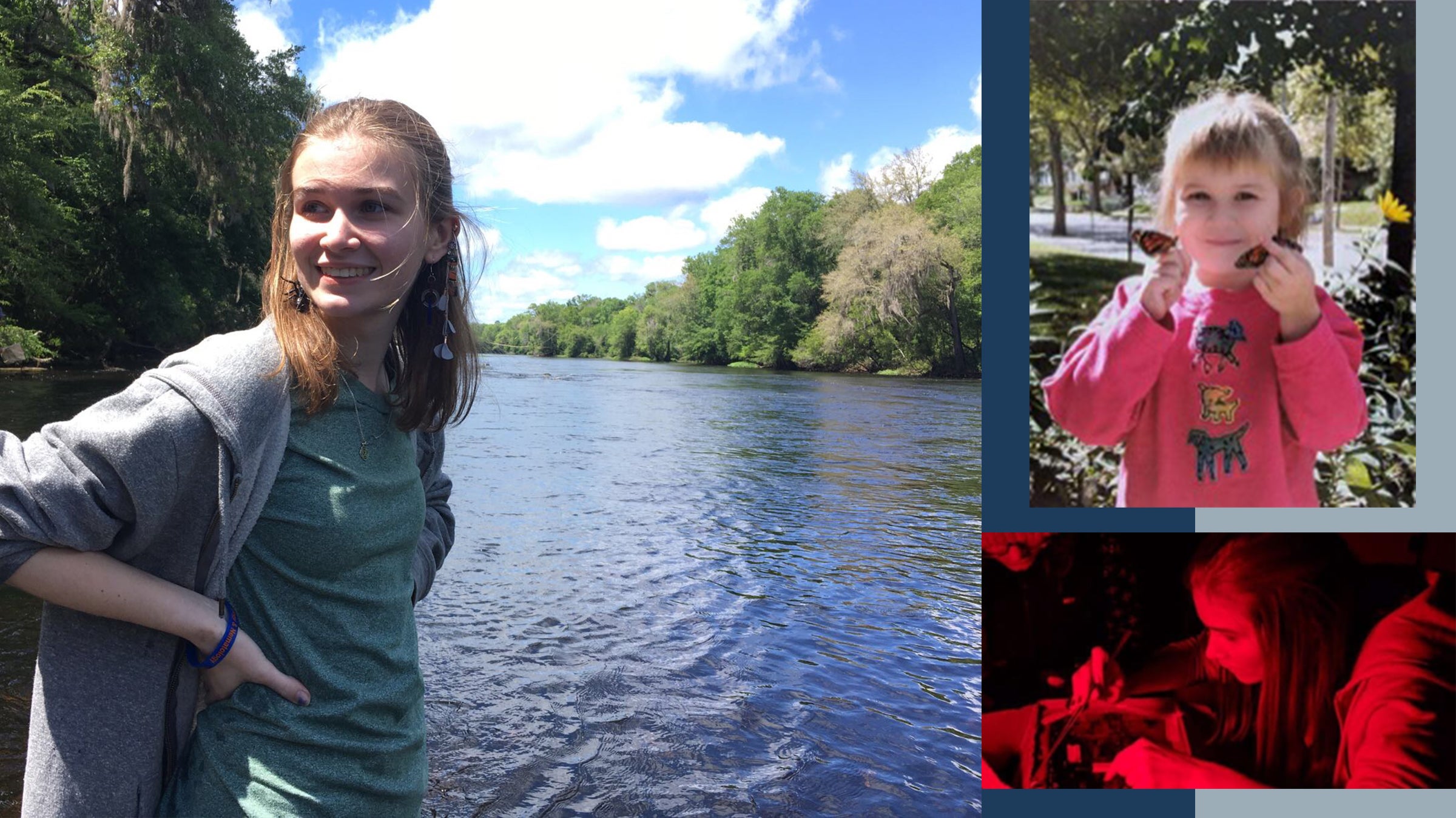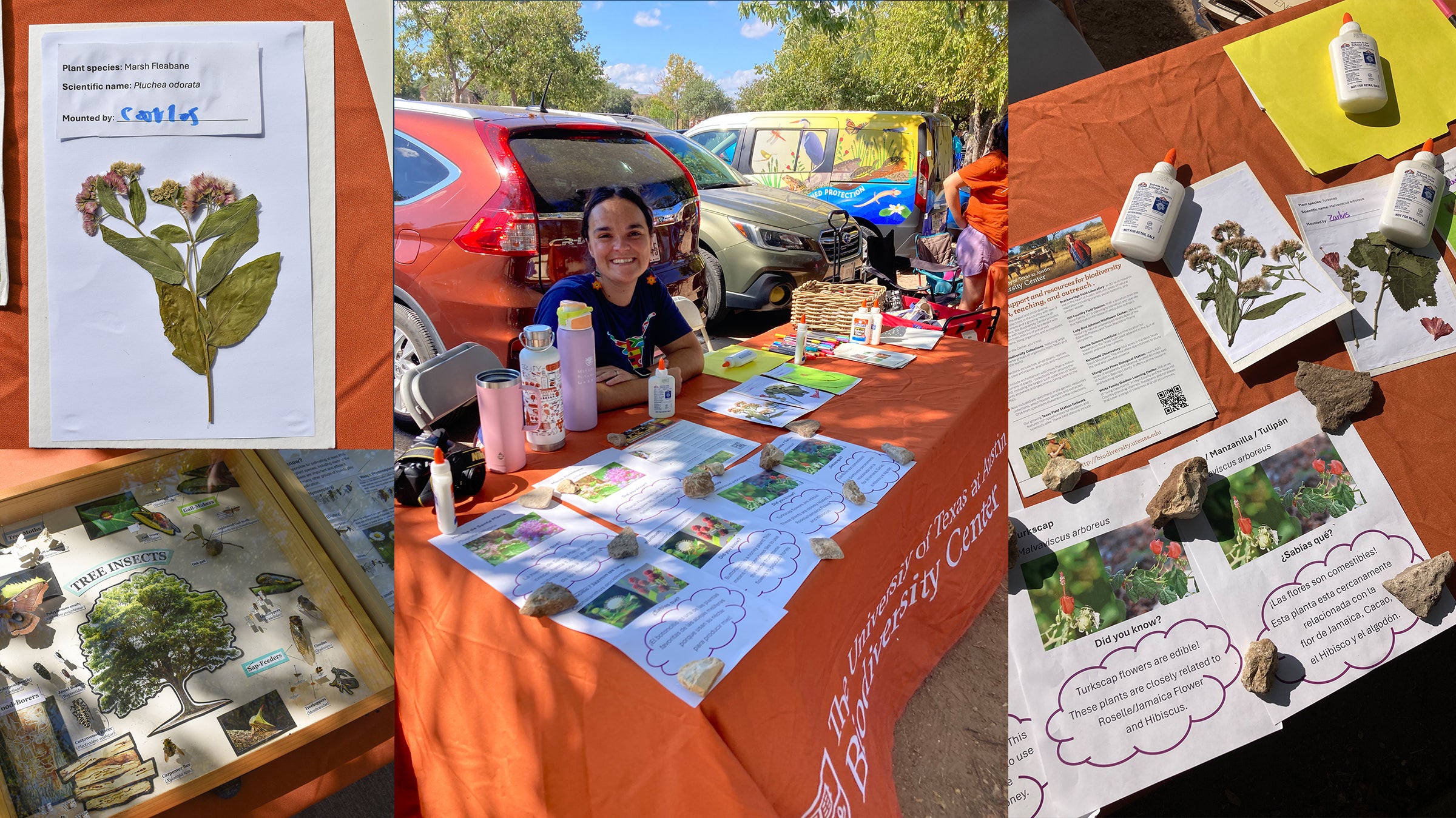
Brackenridge Field Lab (BFL) is a bonifide UT gem. This field station is where researchers from both UT and other institutions, the general public, and citizen scientists can learn in one of the few undisturbed natural settings in Austin's dense urban environment. Last year, the field station launched their first BioBlitz, inspired by similar past events held at Waller Creek, a stream and urban watershed in Austin. It was a great success and BFL is following up with another BioBlitz this year. The event is to be held on Saturday, April 19th at Brackenridge Field Lab (directions here) from 8 am - 10 pm. Participants can come and go as they like. Register here.
Jason Lawson, Field Station Manager at BFL, runs the event and took some time out of his busy schedule to tell us all about a BFL BioBlitz experience.
First, what exactly is a BioBlitz?
A BioBlitz is the mother of all biological surveys. It's a survey of all living organisms seen in a given area during a designated time period. Participants explore every inch of the area to identify and document as much life as they can find to whatever degree they're able to identify it. The data is collected using an app called iNaturalist. Photos are taken in the app along with any other data that may be relevant. This creates what's called an "observation." The software analyses the image, suggests a few species that it may have detected in the photo, and makes the image public to allow nature enthusiasts from around the world to view the observation, suggest IDs, and sometimes argue over it. It then sends the data to our preestablished iNaturalist Project. From there, we can build a snapshot of what's present in the area and get a sense of the health and management success of the ecosystem.
What is the mission of this year’s BioBlitz at BFL?
Those who have been to BFL know that, due to the urban nature of the site and it's land use history, there's a serious invasive species problem. Much of the understory at the field station is overrun by invasive plants. It's a large-scale, expensive, and time-consuming management problem that's taken years to address and will require constant management far into the future. The silver lining of this, though, is that we're in a great position to explore various control measures and monitor the results to inform ourselves and the community on how best to manage these invaded areas. In 2023, we received a grant from a program run through UT's Office of Sustainability called the Green Fund. The grant gave us the necessary funds to establish research plots and conduct large-scale removal of the invasive plants along the stream corridor of the field station.
During the last few years, students have been collecting and curating data to establish a baseline for species diversity in the area. We then held a BioBlitz which aimed to document the species present in and around the creek. Following this, we removed all of the primary invasive species in the creek corridor. Now, we will revisit the same site and monitor the recovery of the forest following the large-scale removal.
Last year was the first. Tell us a little bit about how this year’s will be different?
Last year's event was centered around documenting all of the species present within the invaded area of interest. The forest is unrecognizable now as hundreds of cubic meters of invasive plant material has been removed from the area. Visitors will experience the radical change that this effort has created and help us monitor the recovery of the native flora and fauna.
What sort of folks attend a BioBlitz?
These events are open to all members of the community. The attendees have hugely diverse backgrounds and skillsets. Many are experts in various fields of ecology, but the majority of participants are novice naturalists with a passion for learning. That's what makes these events so special. They bring together diverse groups and make ecology accessible. Folks just learning are often inspired by the expertise that they encounter, and advanced scientists and naturalists are able to hone their skills in communicating with the public about complex topics in a digestible way. It's a great opportunity to engage the public, understand community concerns, educate interested individuals, and have fun!
Interested in partaking? Visit this link to learn more and register.



